Born in 1989, Michelle Alexander is a Canadian multidisciplinary artist who currently lives and works between Montreal and Chicago. Her work, which draws on her background in both fine art and fashion, creates introspective pieces that explore and challenge the body, womanhood, and trauma. Her practice often incorporates personal objects and materials, such as gowns, hairpieces, and her footprints, adding an extra layer of introspection and tension. Her work has been exhibited at the Design Museum of Chicago, Mana Contemporary, and The Current in Stowe, VT. We sat down with Michelle to discuss her evolving relationship with skin and discomfort, the influence of fashion on her work, and her vision for making the unseen visible.
Kate Hoag: Thank you so much for taking the time to talk with us, Michelle. In your work, you approach the body through atypical representations and materials. What first drew you to this kind of exploration of the body and in particular the female body?
Michelle Alexander: I think I was trying to capture what skin felt like. This fragile, penetrable layer that holds us together. I found the dichotomy in that strength and vulnerability fascinating. How we are essentially all held together the same way yet all so different. It makes up our bodies, our form, our looks, but our skin can betray us. I spent a lot of time thinking about bodies as shells and things we outgrow, as things that outgrow us.
KH: Does your background in fashion design influence this kind of representation or your use of materials?
MA: Definitely. Working in fashion has informed who I am so much. It put immense pressure on the already vulnerable relationship I had to my body. When thinking about a garment’s design and construction, you are automatically thinking about the human form. Where the fabric will hug the figure, and where it should be loose. Everything is ultimately made to service the body and to hopefully make you feel strong and beautiful. Clothing is the external skin, the extra layer of protection you need from the sometimes harsh world. So when thinking about creating, I instinctively start with the body first and that brings me into my body and my struggle and my trauma.
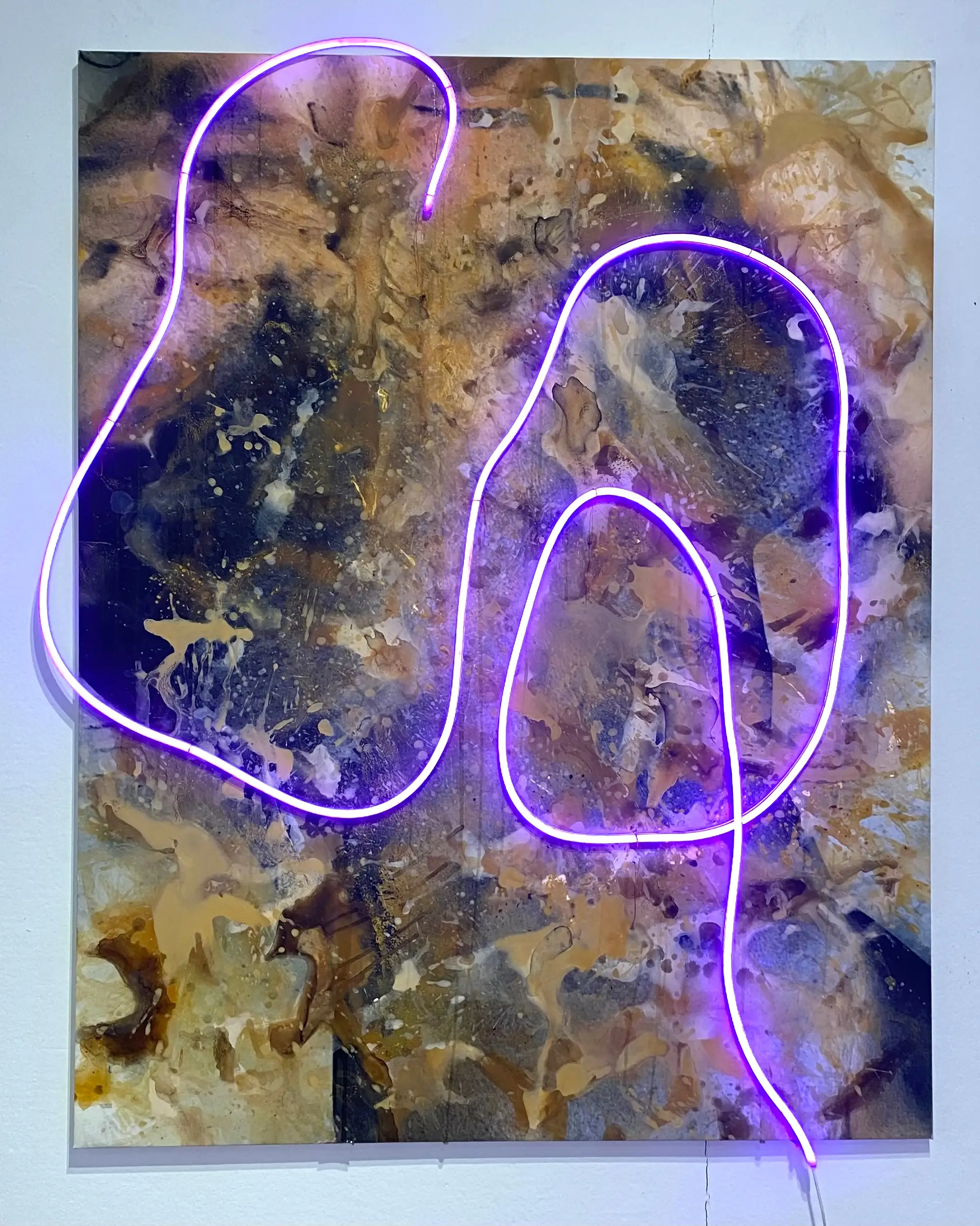
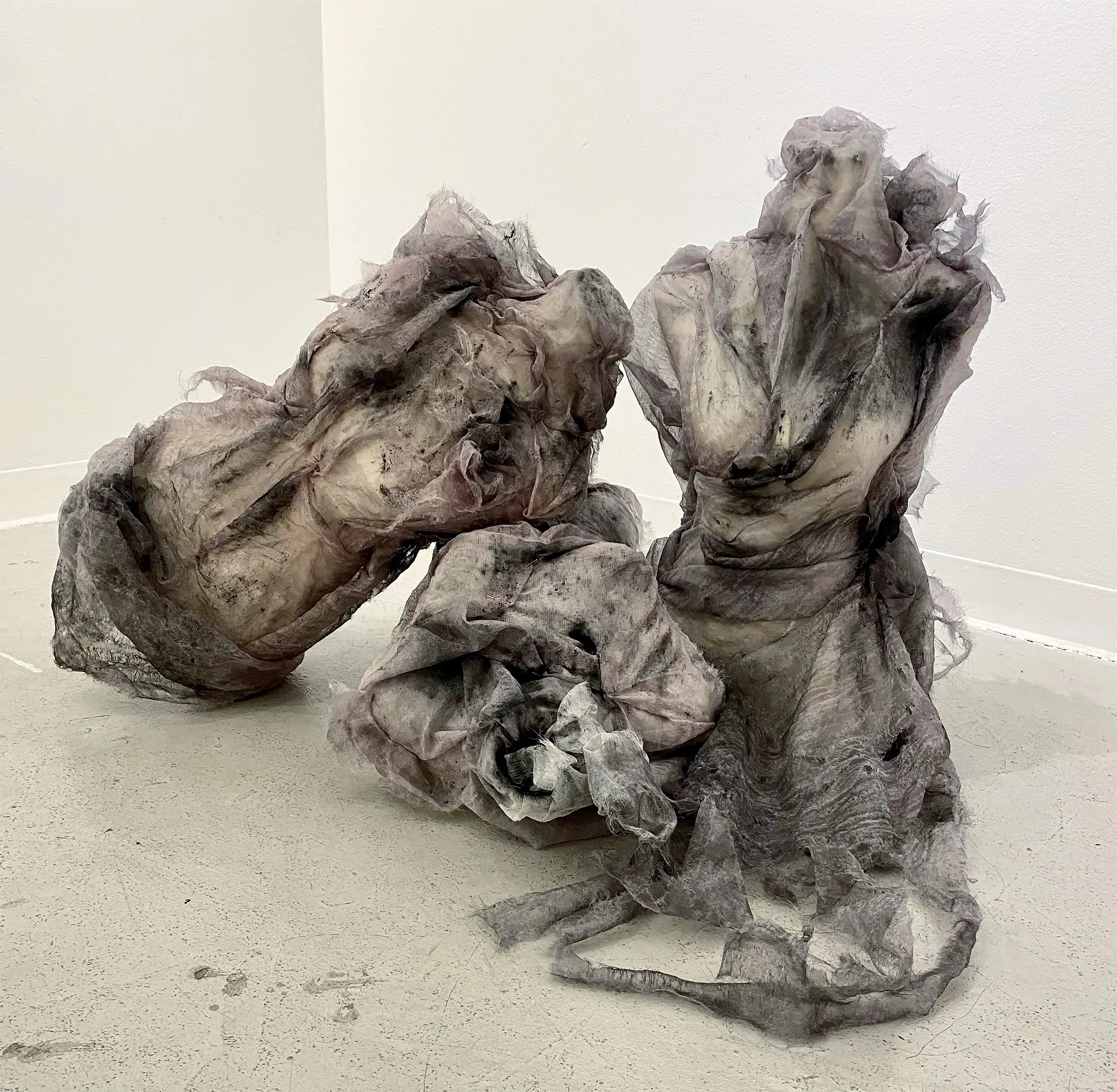
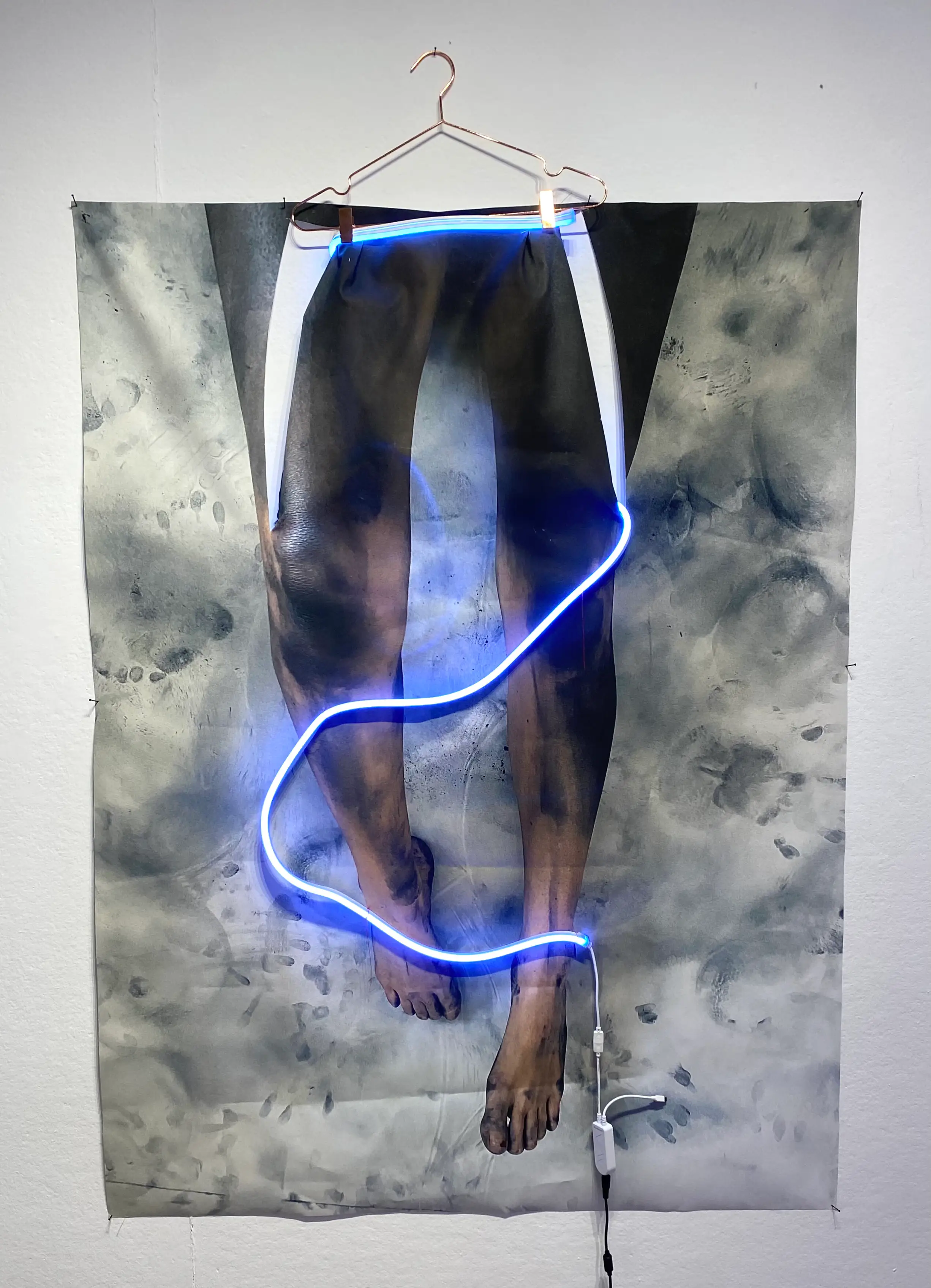


KH: Some of the objects that appear in your work can be surprising, such as gowns, hair pieces, your own footprints. Do you approach these as personal objects that you want to contextualize?
MA: Through my practice, I think I am trying to find different ways of expressing the same things, the same main ideas. Trying to find the best way for it to exist outside my head and in the world. The struggle of just being in a body, being a person in the world. Trying to convey deeply personal universal topics.
KH: Your work has often been noted for its explorations of tension. What role does discomfort play in your practice?
MA: Making art can be extremely uncomfortable. Trying to expel something from deep down, something painful. Trying to turn it into something tangible—something that is more than therapy or trauma vomit. The tension I am going for symbolizes the complexities within: we are not all trauma, and we are not all joy. The tension, the vibration, is hopefully the connection point that allows people to enter into the work.
KH: You’ve said your work is about trying to make the unseen visible. What does that mean to you?
MA: I have struggled with anxiety for as long as I can remember. Sometimes rational things trigger me and sometimes irrational things set me off. There is nothing more unhelpful than when someone says to just calm down, nothing happened, you are fine and nothing is happening, when they can’t see the debilitating pain you are in and you can’t get yourself out of it. Trying to explain my anxiety when I was little was the first time I grappled with this concept, making visible the unseen, cluing people into what was happening. Showing it is very real even though they can’t see it.
KH: You’ve mentioned before that your art sometimes comes to you in dreams. Do you view your work or process as an act of reclamation?
MA: Sometimes but not always. I am mainly just processing through making and seeing where the creativity journey takes me. Trying not to let it begin and end how it entered my mind in a dream is part of the process as well. Allowing it to potentially grow and evolve and become something new, something bigger than I have dreamed.

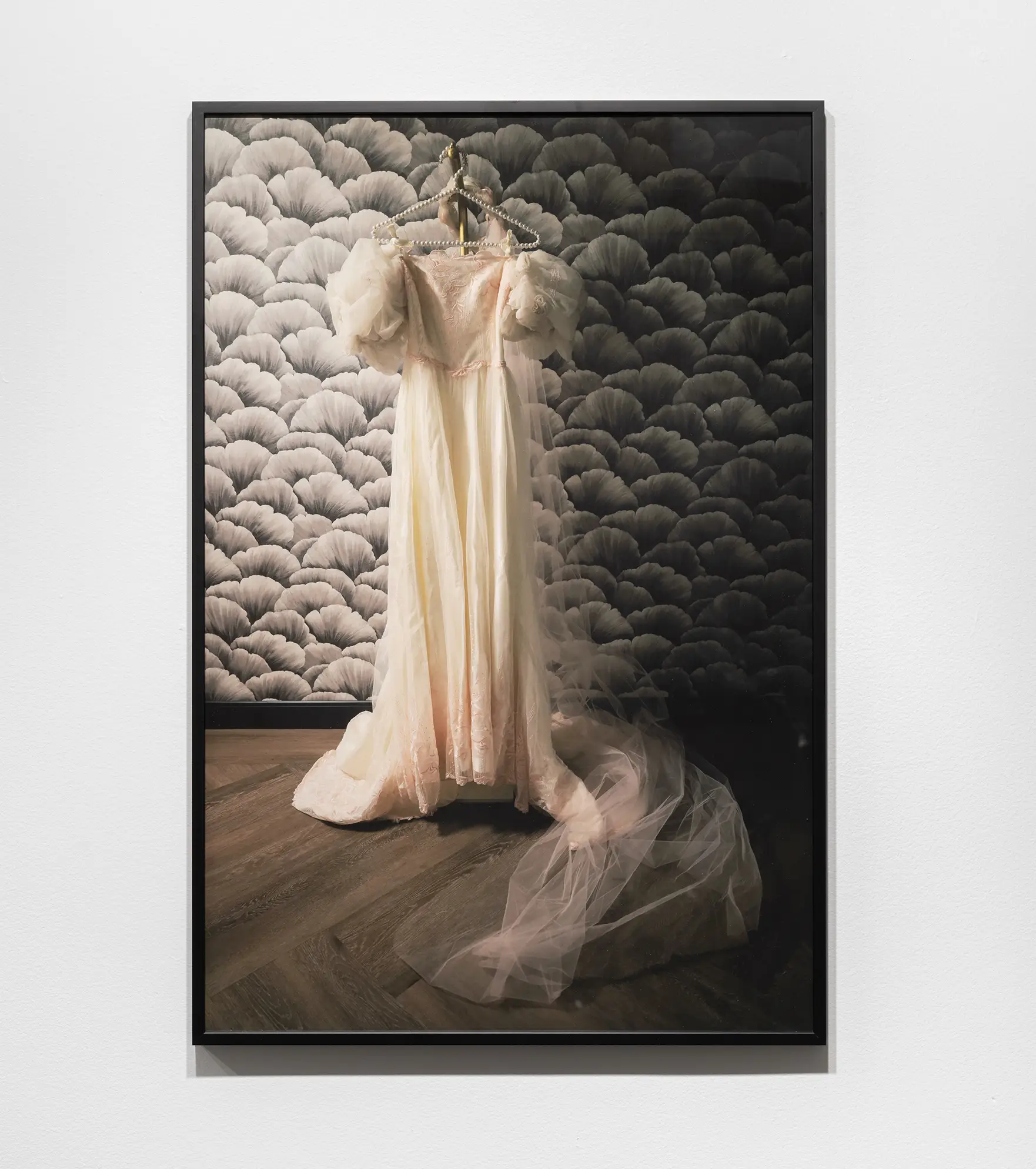

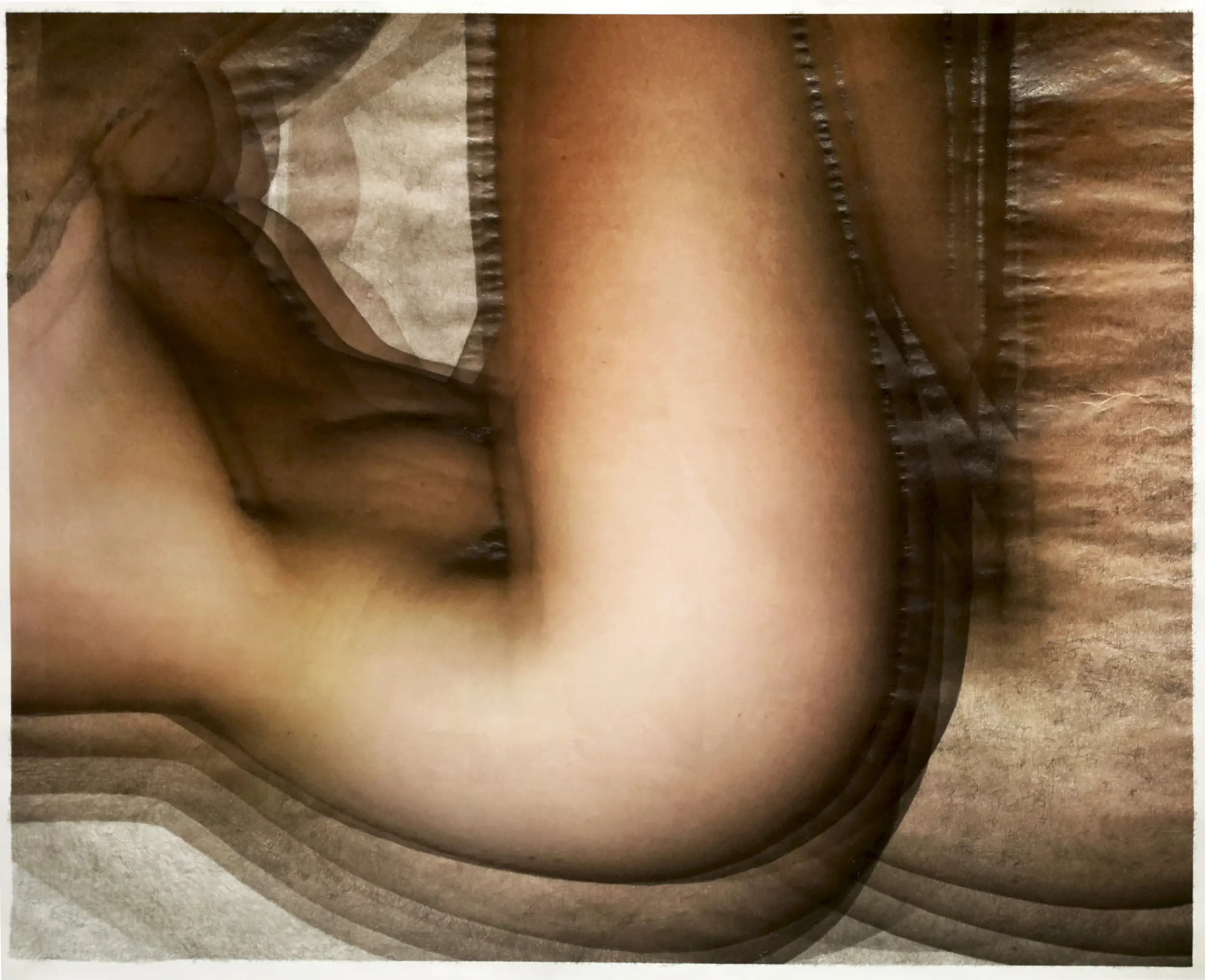
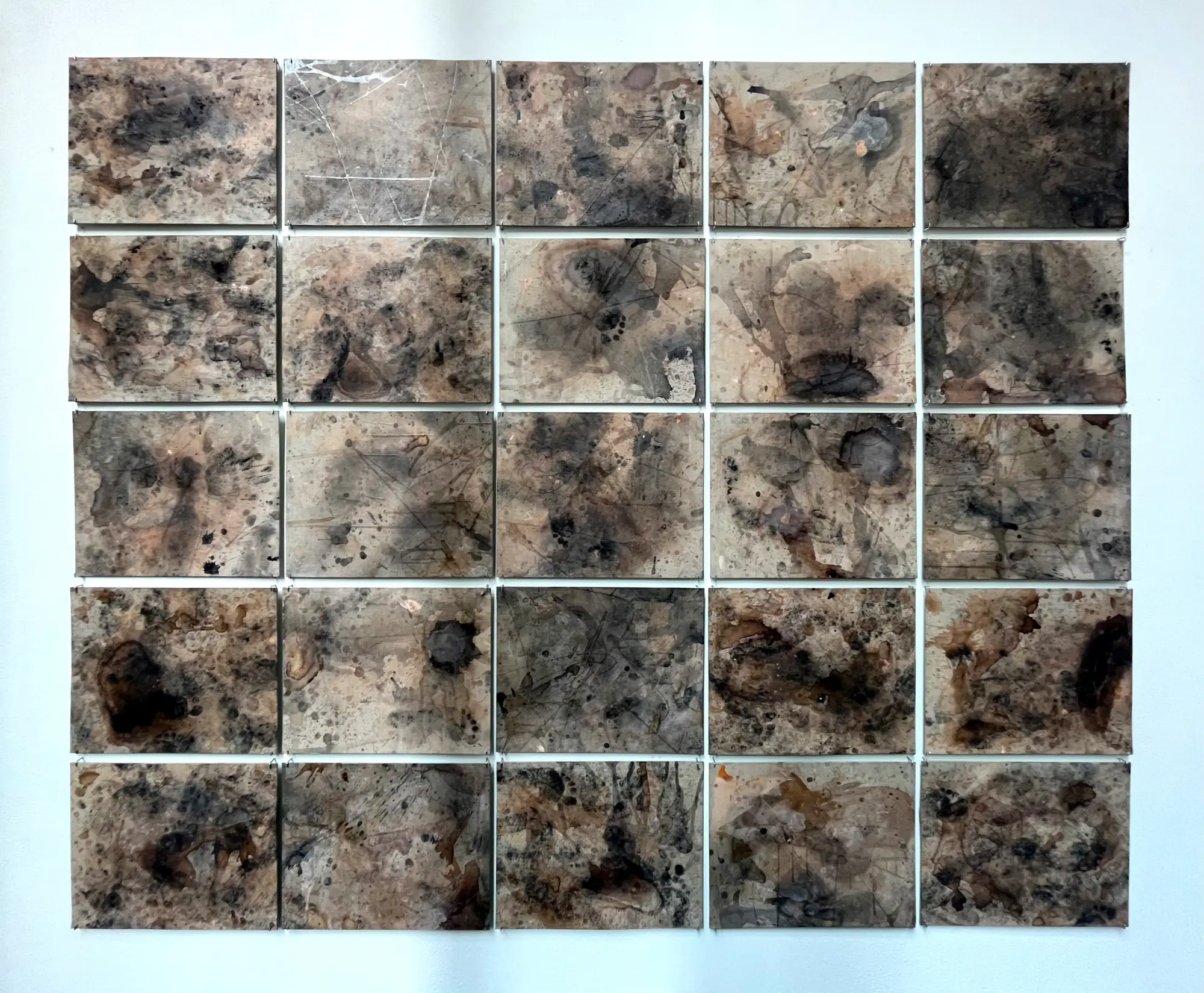
KH: You recently curated the exhibition Connective Thread at Ivory Gate Gallery in Chicago, IL. What did you hope this exhibition would communicate to viewers?
MA: I went into the curation hoping to communicate the individual and shared female experience. That we are multifaceted. That we are not all hard and not all soft. That we are connected through our struggles and through our triumphs. That something soft can be made into something strong and that there is also vulnerability in our strength. That we can be whoever we want to be and push past society pressures, universal pressures and expectations.
KH: In The Mother, The Sister, The Pressure, you use a wedding dress to explore ideas around womanhood. What does this piece say about societal expectations?
MA: For me this piece speaks directly to society’s pressure of perfection put on women. I juxtaposed my “monster skin-like” wedding dress creation against these idyllic black and white photos of my mother’s and sister’s wedding dresses. The images of their dresses pushed at the idea of their dresses and acted as stand-ins for them as this perfect moment in time where they achieved was what was asked of them. In my sculpture, I recreated elements from their dresses and stapled them to myself, to my “skin.” Trying to fit myself into this mold that society is trying to put me into as an unmarried woman of a certain age. The pressure to conform, to grow into this perfect person, to alter my body and my mind.
KH: What does womanhood mean to you right now and how has that changed over time?
MA: The funny thing is I’ve already thought of myself as a girly girl. I love pink, I love bows, I love jewelry and bags, I love fashion. But I have never pictured my wedding, I have never pictured myself as a wife or a mother and that has made me feel like I am falling short somewhere. The idea I was brought up to believe is that the ideal woman isn’t me and that something was wrong with me for not fitting into the version of womanhood. I’m not sure what womanhood means to me at the moment but it definitely does not mean that anymore. I think it means you can accept the many sides of yourself, even the monstrous parts. Especially now that you have to fight for your individuality and save the special parts of yourself.
KH: Are there any upcoming projects that you’d like to share?
MA: I am in the very early stages of a few new projects thinking through the relationship between my body navigating through a “man’s world.” Thinking about how external pressure affects my body and how it changes and betrays me and the pressures compound on me.


Cover image: Installation view of “Michelle Alexander: My Body / Your Object.” Photo: Jonas Muller Ahlheim. Courtesy the artist.
Last Updated on June 30, 2025
- Published on


